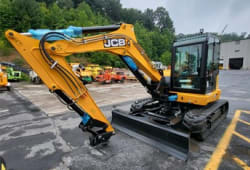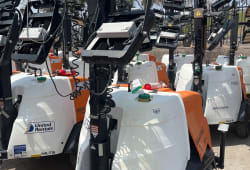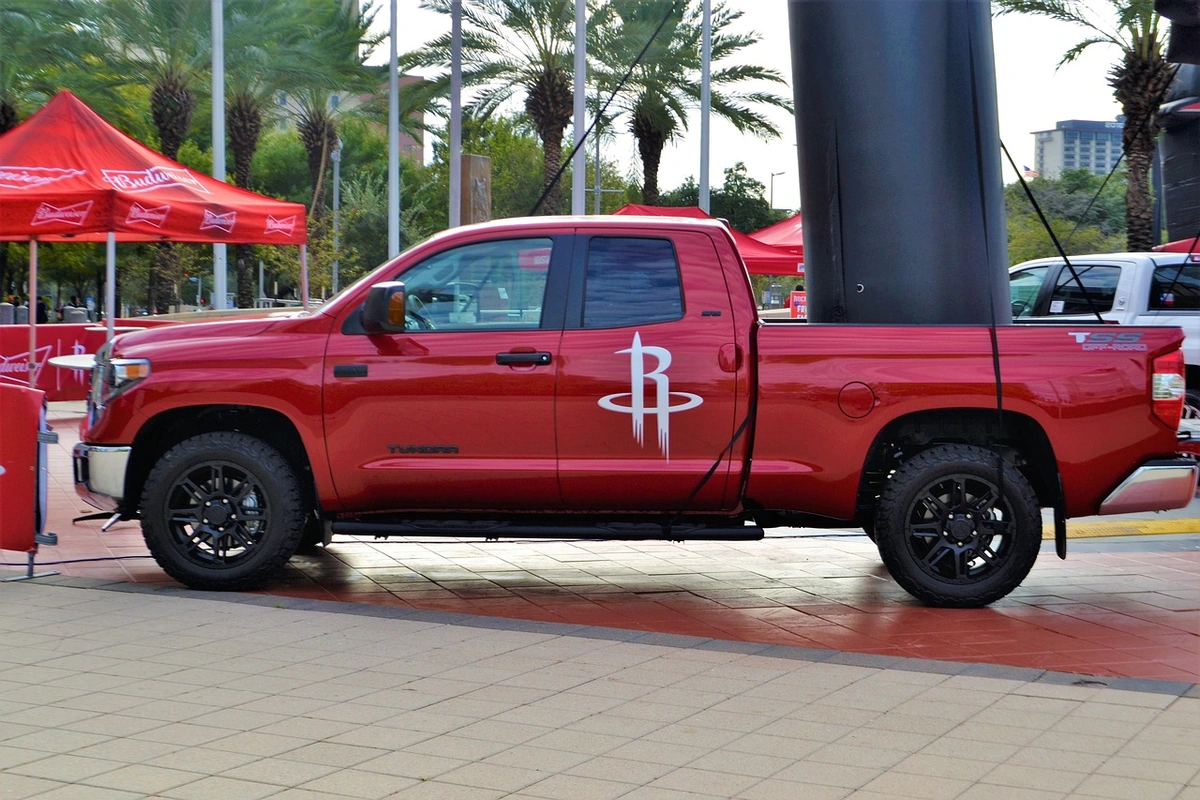Identifying Solutions and Effectively Planning Equipment Sales
5 Min read
)
December 24, 2022
Establishing the optimal lifecycle for vehicles and equipment is a key part of the foundation for your fleet strategy. "How long you keep assets in service influences all aspects of your operations," said Matt Biddle, Sr. Consulting Analyst, Business Intelligence & Analytics at Holman, a fleet management, upfitting, vehicle equipment, sourcing, and servicing company.
"How often you are cycling equipment determines capital requirements and how you establish maintenance parameters," Biddle continued. "It informs how many vehicles you need to efficiently support your business and the repair versus replace decisions you make."
Abel Gaytan, a fleet advisor at Boom & Bucket, noted that the size of an operation and its workload can also influence equipment decisions. "Some smaller contractors may purchase machines for a job they were awarded and once it's done look to sell the unit," he explained.
"Larger companies tend to go in one of two directions," Gaytan added. "In equipment rental businesses, having newer model year equipment is often seen as a competitive advantage, so those companies will designate a lifecycle in advance based on years or hours of operation. Mid-market companies that own machines may keep them longer for different parts of their business."
There's No Such Thing as a One-Size-Fits-All Strategy
"It is important to keep in mind that there isn't a one-size-fits-all lifecycle strategy that is effective for all asset classes and types," Biddle noted. For example, the ideal lifecycle is influenced by factors such as:
Specifications
Job function
Geographic location
Criticality to your business
"All of these elements can vary greatly across your fleet, so it's important to adjust accordingly when necessary," he said. "Probably the biggest challenge for most fleet operators is understanding how all the different facets of a lifecycle -- buy, operate, service, and sell -- influence each other. Often there are dozens of variables in the lifecycle equation, and those are complexly intertwined."
Another factor pointed out by Gaytan is resale value. "As a machine depreciates, it reaches a sweet spot, a point when it has a peak value on the used equipment market," he stated. "Good practices are to check with your new equipment manufacturer and dealer about trade-in values and to consider all of your remarketing opportunities. Today especially, with ordering timelines further out than in the past, it's also advisable to begin projecting future purchase needs earlier."
A unit's projected resale value is definitely a critical factor in determining an optimal lifecycle, Biddle noted. "When developing your lifecycle strategy, you'll want to identify the ideal window to remove your assets from service so you can maximize their resale value", he said. "And it's all intertwined because that will also influence your capital expenditure forecast, which in turn will impact your acquisition strategy."
Identifying the Optimal Solution for the Long and Short Term
Drilling down into equipment cycling strategies requires taking into consideration any fundamental changes to your business that may be on the horizon in both the short and long term", Biddle also pointed out. “Identify what optimal looks like and adjust your lifecycle strategy accordingly," he advised.
"If reliability is paramount to your business, you will likely benefit from short cycles because replacing equipment more frequently will give you more dependable assets," Biddle continued. "In that scenario, your capital expenses will be higher but may be offset by lower operating expenses. Conversely, extended cycles allow you to spread capital expenses to acquire units over a longer timeframe, but you'll likely incur higher operating costs as the units age."
"You can benefit from a macro approach so you'll have greater flexibility to adjust to unforeseen challenges, or conversely have capital available to take advantage of cost-saving opportunities that may arise," Biddle added. "You'll also be able to establish a proactive and consistent cycling strategy to help avoid equipment age gaps, so you aren't replacing too few or too many units simultaneously."
It's really about finding the ideal balance based on what's most critical to your business, Biddle noted. "Most organizations will benefit greatly by viewing the asset holistically, comparing all options, and by making data-driven decisions that support overall business objectives", he related.
What Resources are Available to Help Make More Informed Decisions?
Having a knowledgeable remarketing partner for assets that are being removed from service helps ensure your equipment is in front of the right audience at the right time and maximizes the pool of potential buyers. Your partner can also help properly assess assets based on current market conditions to determine pricing strategies.
Fleet advisors like Abel Gaytan are among those resources. A unique Boom & Bucket offering, he pointed out, is a free valuation report that incorporates information from multiple sources about recent sales of like and similar units to identify their value.
This table summarizes the key factors to consider when establishing an optimal lifecycle for vehicles and equipment, as well as resources available to assist in making informed decisions regarding equipment sales and lifecycle management.
:format(webp)) Establishing an optimal equipment lifecycle involves considering specifications, job function, location, criticality, and resale value. Utilize remarketing partners, fleet advisors, and data-driven insights for informed decision-making.
Establishing an optimal equipment lifecycle involves considering specifications, job function, location, criticality, and resale value. Utilize remarketing partners, fleet advisors, and data-driven insights for informed decision-making.














